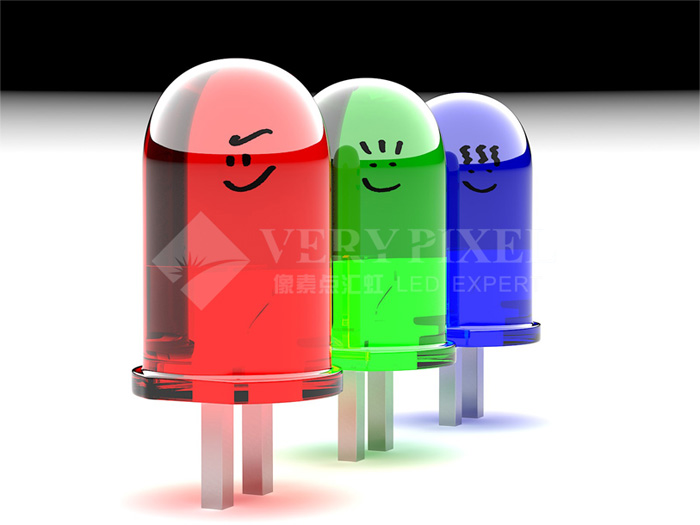Tag: led display optical performance, LEDs for full-color led display screen, core components of LED display


Electrical performance is particularly important for LED products, so do you know any optical performance of LED display products?
1. Electrical Characteristics
LED electronics parameters usually including forward/reverse current and forward /reverse voltage. The test is generally driven by a voltage meter test in constant current and constant voltage power source situation. Through the LED electric character test, we can read the maximum current and voltage in forward or reserve. In addition, we can also read the optimum LED electric power value.
2. Light Characteristics
LED light parameters mainly including luminous flux and luminous efficiency, Light Intensity and light intensity distribution and spectra.
Luminous Flux and luminous efficiency: integrating-sphere photometer method and Variable angle photo-metric method. Mainly use the former method to test for it cost less time. When tested by the method of the integrating sphere, LEDs can be placed in the center, but also can be placed on the wall. After measured the luminous flux, combining it with electric parameter test instrument, LED luminous efficiency can be measured.
Characteristics of light intensity distribution: Owing to inconsistent light intensity distribution, the testing result will change by the measured distances and detector aperture size. In order to get a more correct test result, you may test and evaluate the light intensity of LED under the same condition.
The Spectral Parameters: including peak-emission wavelength, spectral radiation bandwidth and Spectrum power distribution etc. LED spectral characteristics can be represented by a spectral power distribution. Through spectral power distribution, you can also obtain colorimetric parameter. General spectral power distribution tests need to be carried out by lighting split. Mixing monochromatic light measured one by one to distinguish(Prism and grating spectrometer can be used.)
3. Switching characteristics
Refers to color change feature of the LED light, electricity on power up and power down instant. This test can obtain LED in the on-off transient working condition and material properties changes, thus to understand the on-off LED losses.
4. Color Features
Including main wavelength, color purity, color coordinates, color temperature and color rendering. There are spectrophotometric and integral two methods.
spectrophotometric method: Using monochromator to get value of LED spectral power distribution and then using weighted integral color to obtain corresponding color parameters.
Integration: Use the specific filter measure directly to get photoelectric color parameters.
5. Thermal Characteristics
Thermal characteristics also called thermal resistance and junction temperature. Thermal resistance is the value ratio of temperature difference on heat flow channel and channel power dissipation; Junction Temperature refers to LED PN junction temperatures. There are two testing methods of the LED junction temperature, one is adopt infrared microscope or micro-thermocouple to test the surface temperature of LED chips. Another one is using the changes between forward voltage in curtain current and junction temperature to determine the temperature of LEDs.
Verypixel High Quality Indoor LED Display


Page address: http://www.verypixel.com/blog/LED_Display_Optical_Performance_Testing.html